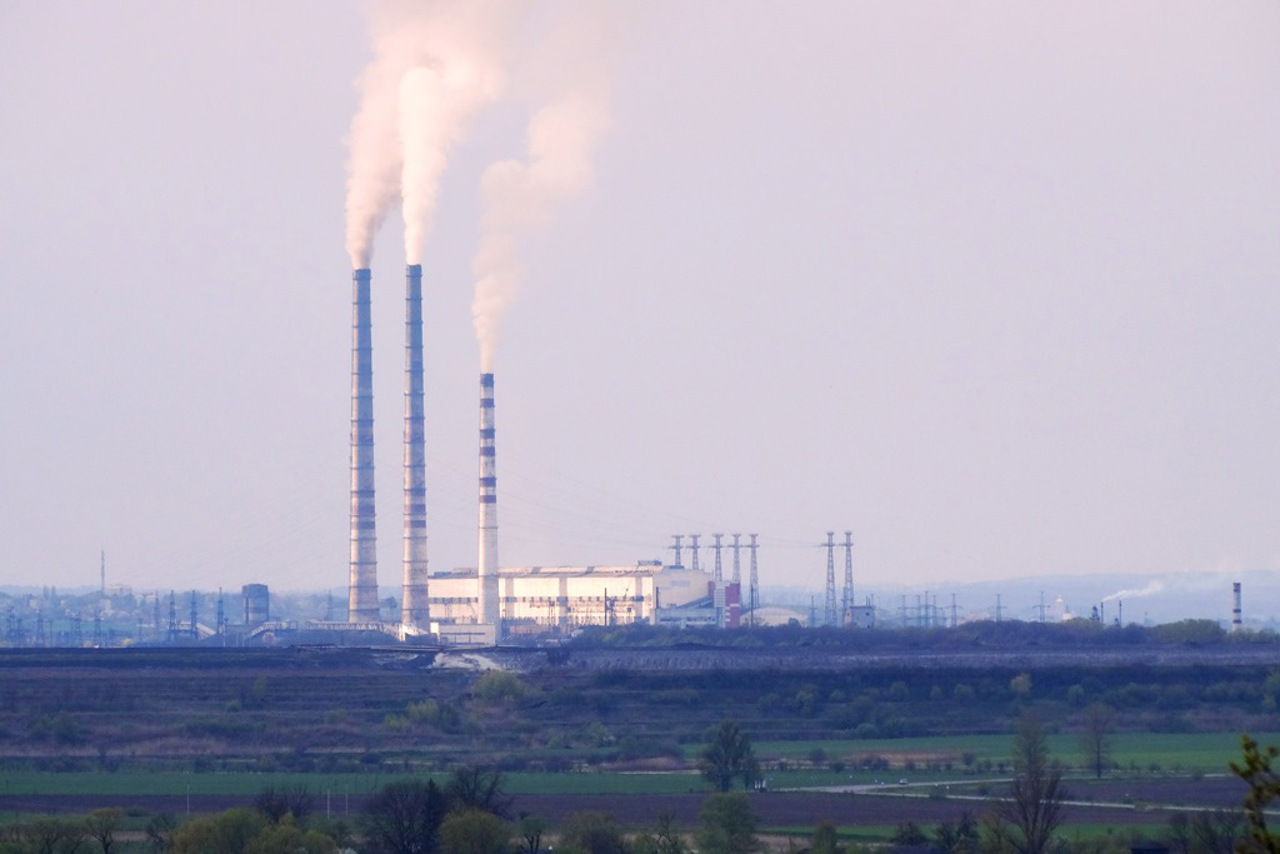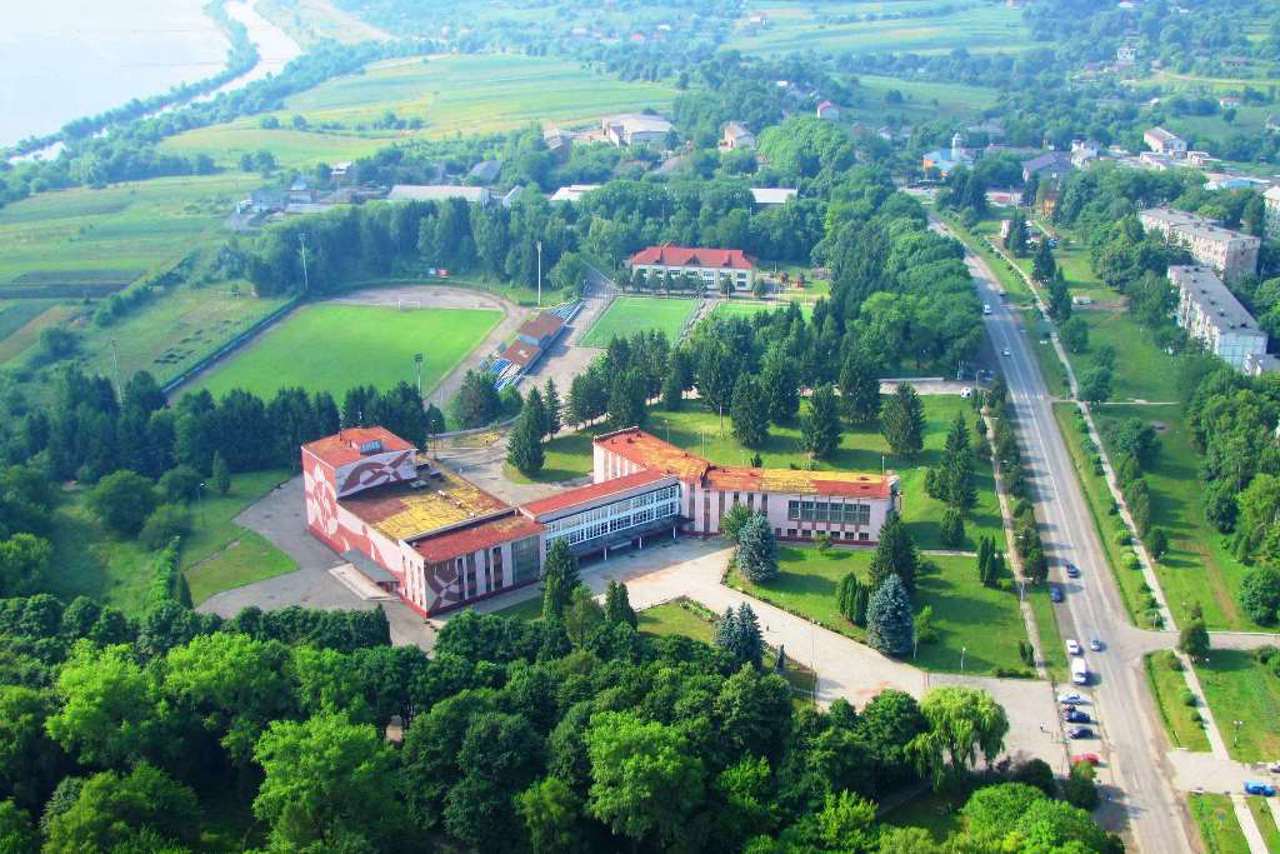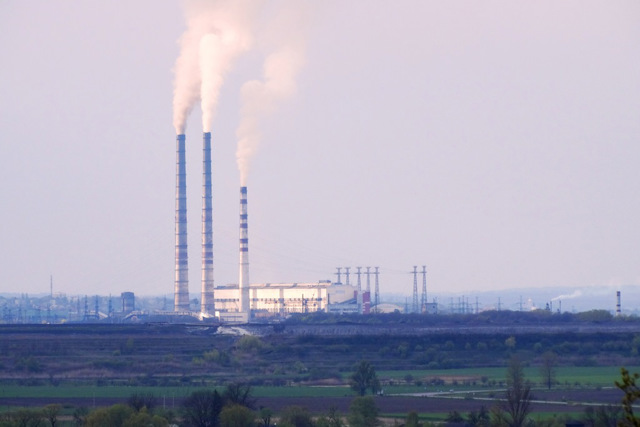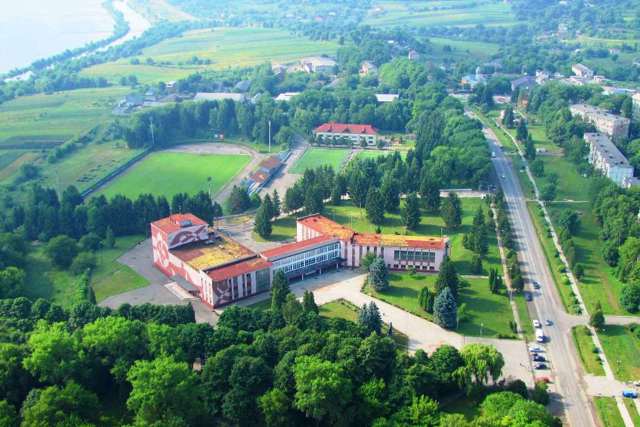Functional temporarily unavailable
Burshtyn
Travel guide online Burshtyn
General information about Burshtyn
The industrial Galician city of Burshtyn is located in the floodplain of the Hnyla Lypa River, among the low hills of the ethnographic region of Opillya, between Ivano-Frankivsk and Lviv, 20 kilometers northwest of Rohatyn.
In the middle of the 15th century, there was a settlement of Nove Selo at this place. In 1554, it became the property of the Galician elder Mikolay Synyavskyi, received the status of a small town and its current name. According to local experts, the name Burshtyn is not related to the gem of the same name (amber), but arose during the construction of a local castle by German builders, who called it "burg stein", i.e. "stone castle".
In 1774, the Church of the Holy Trinity was built for the monastic order of the Trinitarians (now it bel ...
The industrial Galician city of Burshtyn is located in the floodplain of the Hnyla Lypa River, among the low hills of the ethnographic region of Opillya, between Ivano-Frankivsk and Lviv, 20 kilometers northwest of Rohatyn.
In the middle of the 15th century, there was a settlement of Nove Selo at this place. In 1554, it became the property of the Galician elder Mikolay Synyavskyi, received the status of a small town and its current name. According to local experts, the name Burshtyn is not related to the gem of the same name (amber), but arose during the construction of a local castle by German builders, who called it "burg stein", i.e. "stone castle".
In 1774, the Church of the Holy Trinity was built for the monastic order of the Trinitarians (now it belongs to the Roman Catholic community). In 1824, the Church of the Exaltation of the Holy Cross was built at the expense of Count Ihnatsiy Skarbek. Another architectural monument of the city has been preserved at the old Burshtyn cemetery - the chapel-burial of the Skarbek and Yablonovskyi families from 1813. The current architectural face of the city was formed in the 1960s and 1970s, during the construction of the Burshtyn TPP on the residential infrastructure for its employees.
A large part of the valley of the Hnyla Lypa is now flooded by the Burshtyn reservoir with an area of more than 1,260 hectares. Thanks to heating from the power plant, the reservoir does not freeze in winter and creates a special microclimate near its shores. The Burshtyn Reservoir is an object of birdwatching, as rare migratory birds often nest here.
Промислове галицьке місто Бурштин розташоване у заплавній долині річки Гнила Липа, серед невисоких пагорбів етнографічного регіону Опілля, між Івано-Франківськом та Львовом, за 20 кілометрів на північний захід від Рогатина.
У середині XV століття на цьому місці існувало поселення Нове Село. У 1554 році воно перейшло у власність галицького старости Миколи Синявського, отримало статус містечка та нинішню назву. На думку краєзнавців, назва міста Бурштин не пов'язана з однойменним дорогоцінним каменем, а виникла під час побудови місцевого замку німецькими будівельниками, які називали його "burg stein", тобто "кам'яний замок".
У 1774 році був побудований костел Святої Трійці для монашого ордену Тринітаріїв (зараз належить римо-католицькій громаді). В 1 ...
Промислове галицьке місто Бурштин розташоване у заплавній долині річки Гнила Липа, серед невисоких пагорбів етнографічного регіону Опілля, між Івано-Франківськом та Львовом, за 20 кілометрів на північний захід від Рогатина.
У середині XV століття на цьому місці існувало поселення Нове Село. У 1554 році воно перейшло у власність галицького старости Миколи Синявського, отримало статус містечка та нинішню назву. На думку краєзнавців, назва міста Бурштин не пов'язана з однойменним дорогоцінним каменем, а виникла під час побудови місцевого замку німецькими будівельниками, які називали його "burg stein", тобто "кам'яний замок".
У 1774 році був побудований костел Святої Трійці для монашого ордену Тринітаріїв (зараз належить римо-католицькій громаді). В 1824 році коштом графа Ігнація Скарбека зведена церква Воздвиження Чесного Хреста. На старому цвинтарі Бурштина збереглася ще одна архітектурна пам'ятка міста – каплиця-усипальниця родин Скарбеків та Яблоновських 1813 року. Нинішнє архітектурне обличчя міста сформувалося у 1960-1970-х роках, під час будівництва Бурштинської ТЕС на житлово-побутової інфраструктури для її працівників.
Значна частина долини Гнилої Липи зараз затоплена Бурштинським водосховищем площею понад 1260 гектарів. Завдяки підігріву від електростанції водойма не замерзає взимку та створює особливий мікроклімат біля своїх берегів. Бурштинське водосховище є об'єктом бьордвотчингу, оскільки тут часто гніздяться рідкісні перелітні птахи.
Сплануй своє перебування у Burshtyn
What to see and where to go in Burshtyn
Tourist attractions and museums of Burshtyn
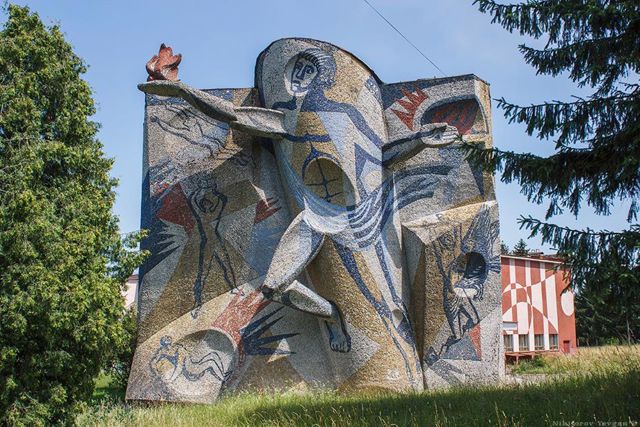
Halych District Liberation Struggles Museum
Museum / gallery
The Museum of Liberation Struggles of Halych District in Burshtyn is located in the premises of the "Prometheus" Palace of Culture. It was started in 1996 by the Brotherhood of the OUN-UPA of Halych district station and the Society of political prisoners and repressed people of Halych district.
The exposition presents materials about the events of the Second World War in the territory of the region, outstanding figures of fighters for the freedom of Ukraine, the work of the local intelligentsia of those times. You can see models of hideouts in which UPA soldiers hid, some types of weapons used in those times, maps of combat operations.

Historical and Ethnographic Museum "Berehynya"
Museum / gallery
Historical and ethnographic museum "Berehynya" in Burshtyn was founded in 1987 on the initiative of Tamara Husar, a teacher of the Burshtyn Energy College. The exposition is located in the assembly hall of the college dormitory.
The museum collection includes more than 1,500 exhibits - mostly ethnographic and archaeological materials.
The archaeological section presents materials from excavations in the vicinity of Burshtyn: stone axes, bones of extinct animals, etc. The collection of Opillya embroidery includes about 250 towels and 160 shirts. The section "Opillya housing" presents the interior of a village room and storeroom filled with tools, household items, furniture and old clothes. The next section introduces the history of the region from Ancent Rus times to the Second World War.
Reviews Burshtyn
Geographical information about Burshtyn
| {{itemKey}} | {{itemValue}} |
|---|---|
| Region |
Ivano-Frankivsk |
